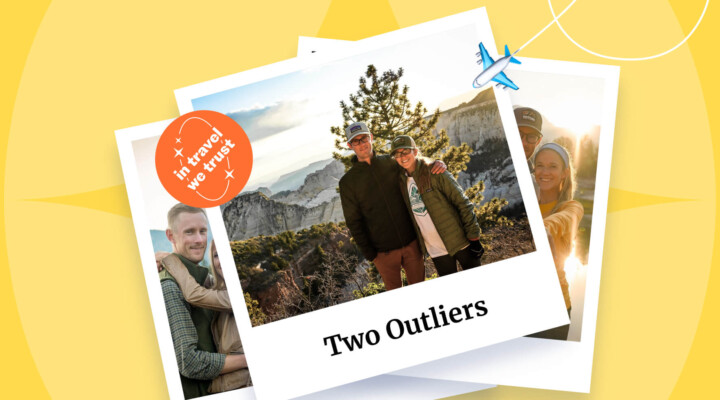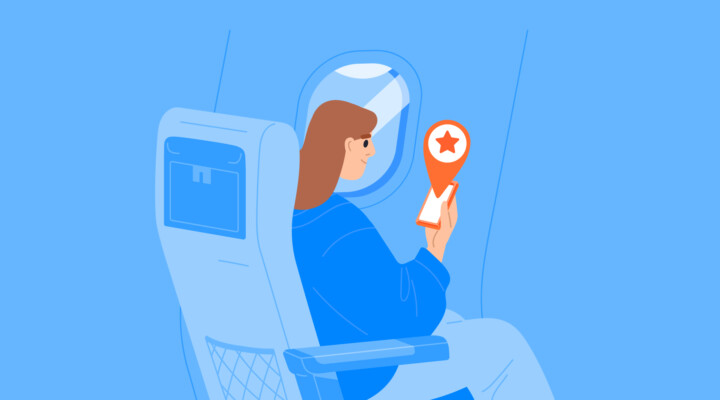Onsite Search engine optimization

It is one of the most important part on your SEO campaign that appeals not only for travel marketing, it should be done properly for any website. Sadly most webmasters ignore this part and spend lots of money and time to build links and still cannot rank properly.
First of all, with proper onsite SEO a local website can rank without any action done, probably you will not direct get top position. Rarely you will be within the first page. But it is still better to rank within top 50 as soon as your article get indexed, than to see N/A in your favorite rank tracking tool.
Some people spend a huge amount buying links. There are services which describe themselves all in one SEO solution, but in fact they just sell links and without proper onsite optimization you will never see maximum outcome from it.
Articles — your travel blog Content

It is funny to see that people are still using old styles. When I see a website with lots of articles and each article is around 500 words I nearly cry. From where does this magic number come? Actually if most posts in your blog are 500 words length you are living footprint.
Longer articles rank better in SE, and it is not one man’s opinion. There are plenty of tests and case studies done by different internet marketers, and in the end long articles always win. You can have a look at authority sites in your niche, mostly they produce top quality, unique and long articles not 300-500 words staff. There are sites with shit content ranked top, but believe me they will not stay there long. Normally they rank using churn and burn methods, but we are looking for a long term project and stable ranking.
It does not mean that you should not have short content at all. There are some subjects where you cannot waste words, but in my opinion having one 3500 words article is better than few 500 posts.
Travel Marketing — Keywords – Keyword staffing

It is so sad to see now that there are plenty of webmasters living about 7 years behind. Keywords staffing in 2016? Really? It will be good to have your main keyword in the first sentence. But if it completely does not match the content, it is better to avoid.
Repeat a keyword twice in the post and use variety of long tail versions, and do not focus on this keyword destiny part a lot. If you follow all other steps from this post you will not need keyword staff any more. Search engines are not the same they used to be some time ago. Nowadays quality and correct optimization have much more meaning than ever before.
Use H1 and H2 tags

Normally having subheadings and headlines within H1 and H2 tags is the part of correct SEO optimization. You can have H1 tag somewhere on top of your article, and main header will do the job. Apart of H1 tag you can include H2 tag with your keyword as subheading somewhere in the article. Try not to look spamy and include other headings without keywords in the article, use long tail versions of keywords.
External and internal linking

Th main idea about onsite SEO is to help search engines determine what content about is and to help visitors find useful information.
Internal linking
You create additional navigation for your visitors. They stay at your site longer, reading more articles. Apart of it you are helping Search Engine Robot to index your site better and crawl more content and show the right post for each keyword.
External linking
In my opinion you should have at least 1 external link in each post of your site. You don’t link to any random site, you choose authority site in your niche or link to something like wiki pages. Linking to an authority website with relevant content will tell Google that your article is very similar. I don’t suggest to make external links “no-follow”. It looks suspicious. The whole idea about the internet is to link to each other without fear to lose link juice.
Proper URL structure

Ideally your URL includes a keyword or your target to post for. It is better to avoid any numbers, categories, dates in your URL, only if you are not a Google news approved website. It is required by Google news to have numbers in your URL structure. I would suggest to have numbers in the end of your URL.
If your keyword is “how to train the dog”, your URL will be “yoursite.com/how-to-train-the-dog”. For Google news approved site it will be “yoursite.com/how-to-train-the-dog-1385”.
In both cases we used a keyword in URL first, before numbers. So Google will easily read and understand your site structure.
Responsive and fast

Website Load Speed
I have seen many times how these important factors are ignored by webmasters. If your website is not coded properly, your hosting is suck, you have a wrong template, this and many other factors can slow your website load speed dramatically. It is not only annoying for your visitors and as well effect your ranking, fixing your load speed is important part of travel marketing campaign.
To check your website load speed you can use the application made by Google.
If Google created this tool for you that checks speed and shows the way to improve it, so it is really important to fix. I am pretty sure they will reward sites following their guidelines and rules.
Mobile responsive
Since last year within algorithm update Google has been watching sites with a mobile version closer. If you don’t have a mobile responsive version, it should be done firstly, before you start any SEO campaign.
To check how your site looks from mobile you can open it on your smartphone or run Google tool.
If you have no budget or ability to recode your site to be mobile responsive, than get plugin or mobile responsive theme, before you find a proper solution.
Titles and Meta Description

Definitely Title for each post you make should include the main keyword fully as possible. But it is better to keep it sound natural, combined with H1 tag and URL structure we are getting strong combo.
There is one important thing which you should not forget creating titles , that your title will show in SERP and you want to push people click on it. Sometimes you get more clicks being on 5th position because of attractive title, than someone within top 3.
The same goes to Meta Description, nowadays Meta tags don’t play a major role in rankings. But it is still visible in SERP. Having good written Meta Description can encourage visitors to click on it. Just imagine for a second, for which site Google will give a better position: for a higher one in SERP and no one click on it or for a site people are interested in?
Images and other media

Having images in your post makes blog better and helps to keep visitors longer. SEO wise images can also help to rank better. Especially in travel niche you can receive visitors from Google images.
Do not forget to include alt-tag for each image you add to post. By default Google does not read images. Having tag you help Google to understand about what page is. Be more creative, do not use your main keyword as an image tag. You’d better have long tail version of your keywords or something what describes a picture better.
I personally believe that having more media helps ranking. The longer a visitor stays in your post, the better you have bounce rate. We should never forget that we make a site firstly for our visitors and not for search engine. The more interesting information, nice pictures and videos we share in topic, the longer a visitor stays and the higher trust it builds to your source.
Information I shared above will be more useful for people who is new in SEO. As you can see there is really nothing hard. You just need some time, to be patient and follow step by step. Before you spend a dollar for SEO service or start link building, get your onsite SEO properly done, and it will help you rank better and faster.




